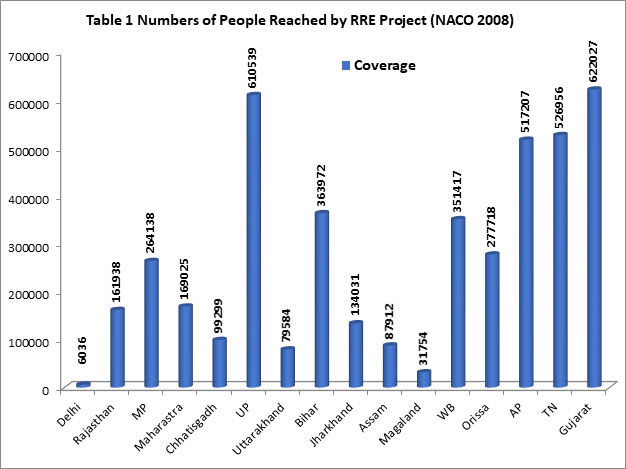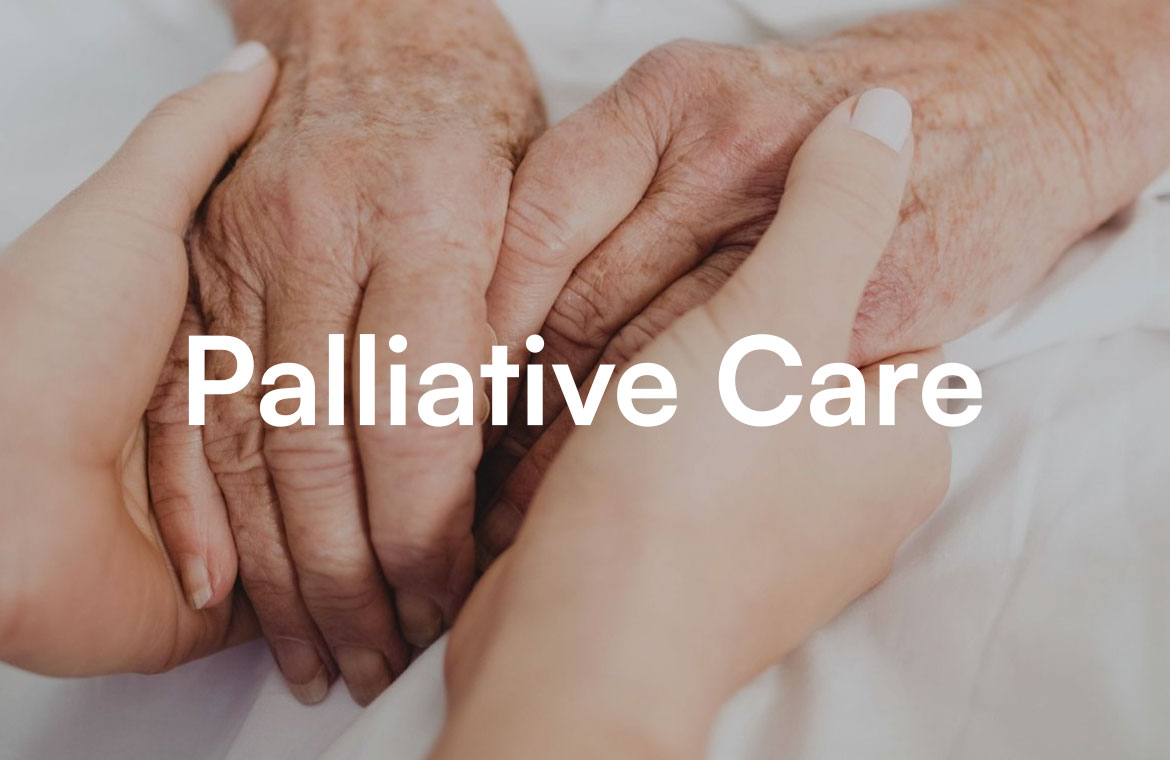To those who are uninitiated, Public Health Administration in India includes (1) Political Leadership comprising of elected members of the Parliament/ state assemblies, Ministers etc. (2) Bureaucrats mostly members of the Indian Administrative Services and (3) Technocrats including the medical personnel. While the technocrats are actually the doers, the first two are usually a non-technical cadre to identify the strategies and guide/ monitor actions the. For the success of any multi sectoral intervention, involvement of the bureaucrats is crucial. A mere nod from them or issuance of a simple circular can do wonders. I am sharing one such experience over here.
During NACP Phase III (2007 – 11), I was working as the Additional Project Director (APD) at Gujarat State AIDS Control Society (Gujarat SACS). Incidentally Dr. AM Kadri, National President IAPSM (2023 – 24) was my colleague over there. Thanks to the support from the rung of political leadership and my superiors, working was smooth and satisfying (except that, the governments at the national and state level were headed by political opponents requiring some fine balancing).
The Red Ribbon Express (RRE), a specially designed train with seven bogies was launched by the Govt. of India (flagged off by Mrs. Sonia Gandhi, Chairperson UPA in New Delhi) on 1 Dec 2007. RRE was put on a circular country wide tour of 27000 kilometers with 180 halts. It’s the world’s largest mass mobilization drive to break the silence surrounding the HIV/AIDS by taking messages on prevention, treatment, care and support to people living with HIV/ AIDS across the country. After covering the entire country, it entered Gujarat at Valsad. After a journey of 1900 kilometers, covering 15 halts in 14 districts in 34 days in Gujarat, it was scheduled to leave the state via Mehsana to proceed towards Rajasthan; and finally, to terminate at Delhi on 1 Dec 2008.
The success of RRE in terms of IEC activities done, people trained, footfalls to RRE etc. was being monitored on daily basis by NACO and Gujarat SACS. Thanks to the efforts of everyone, we set a record of highest footfalls in a single day in Botad town in Bhavnagar (now a separate district). Just for the record, Botad retained this record during RRE 2.0, again in 2009 – 10.
One evening, precisely on 13 Oct 2008, at around 5 pm, Mr. Hardik, Asst. Director IEC entered my office and said that tomorrow (14 Oct 2008), this train is in Mehsana before leaving for Rajasthan. In terms of foot falls we are lagging behind Uttar Pradesh (UP) by just few thousands. It was not unexpected for UP, to create a record, just by its sheer size and population. He further added that if somehow, we can manage an attendance of 4,000 or more to RRE at Mehsana railway station, we will be number one in the country. Next state Rajasthan was not expected to generate any higher and challenging figure because of shorter duration of stay of train and also the functioning of Rajasthan SACS was not ranked very high (by us!).
I immediately tried to contact Dr. Amarjit Singh, IAS, our Project Director (PD) to talk with Collector Mehsana another enthusiastic comparatively fresh IAS. I presumed that when done to an IAS by another senior IAS, communication is more effective. Unfortunately, I could not contact my PD that evening as he was busy with a meeting and was not to pick up the mobile. By then it was past 6 pm. So, bidding good bye to the protocols and my assumption, I decided to call Mr. Ajat Bhadoo, IAS, the collector of Mehsana by taking his number from the Commissionerate. I never had a chance to meet him earlier and had only heard his name. The call got connected in 2nd or 3rd attempt. I explained to him everything in detail with my excitement about Gujarat SACS, HIV and the RRE (needless to state, many things were already known to him). He gave me a decent hearing for about 3 – 4 minutes and asked, “Doctor Sahib, what do you want from me?” I said, “Sir, I want a footfall of 4000 or more at the Mehsana railway station tomorrow, so that our state can be number one in the entire country in terms of visitors to RRE”. He just said, “OK, let me see that what can be done” and disconnected the call. Now it was past 6.30 pm, so officially, all offices and institutions in the district were closed. There was no time to draft and share a circular to schools, colleges or other institutions etc.
I do not know what was done, but next day on 14 Oct 2008, we had a total foot fall of 11708 at Mehsana railway station alone making us number 1 in the country (table 1).
End notes
Many a times, a prevailing “technocratic divide” is experienced. But this and many more incidents exemplify the massive reach and impact of bureaucrats and the limitations faced by Technocrats with respect to actual implementation of the program at the grassroots especially when it involves multiple sectors (outside health). Also, to cause mainstream engagement, it’s important that we promote a paradigm shift from an “ego-system awareness” to “eco-system awareness” in this world of collaboration and co-creation. If this need is ignored, we will lock ourselves into re-enacting the same old patterns time and again and the results will also be the same (read mediocre). So, during the launch or implementation of any health program, this is a shout out for all my technocrat friends that always take the bureaucrats (also the political leadership) in confidence to reap the maximum gains.






Such a kind of experience would be with almost everyone working in the public health system and dealing at a superior level. The faster you learn this skill, the better you perform.
Write something on ‘elevator pitch’.
Yes you are right. The involvement of other stakeholders do the wonder.
Very nice and informative blog…
Thanks Dr Bharti,
Such real life experiences I feel are worth sharing and they provide the information not available with textbooks.
Agreed sir…a balance system between technocrats and bureaucrats can do miracles in public health system..
Hats of to your efforts Sir also ..during your tenure as APD we witnessed GSACS functioning at different level..
Thanks for sharing blog..
Thanks Hitesh for your nice words Most of the wisdom I acquired after reaching Surat and some only after joining at GSACS
Dear Pradeep, Your experience and narration was worth reading. I enjoyed and second your suggestion. We both have seen how at Surat we use to learn many things from Dr. Vikas Desai.
Dear Dr Ratan Srivastava,
Hope to find you in good health. We together enjoyed a lot in Surat and also learned a lot there.
Indeed an Example of communication in the way to have more than expected result with few words and work done.Connecting technocrats with bureaucrats in a way for getting desired outcome with eco system awareness.
Thanks a lot for your appreciation.